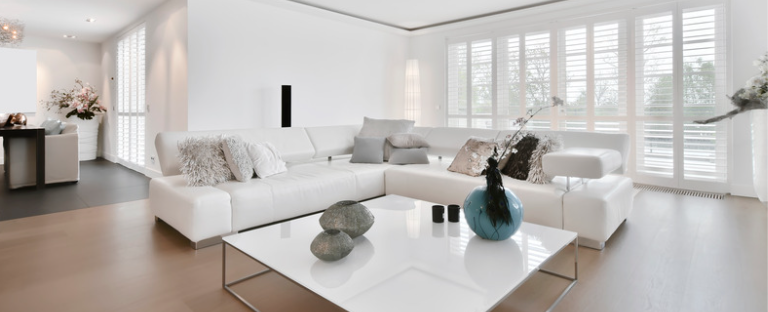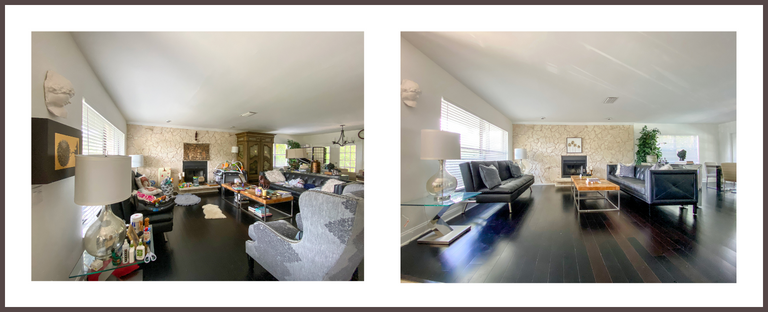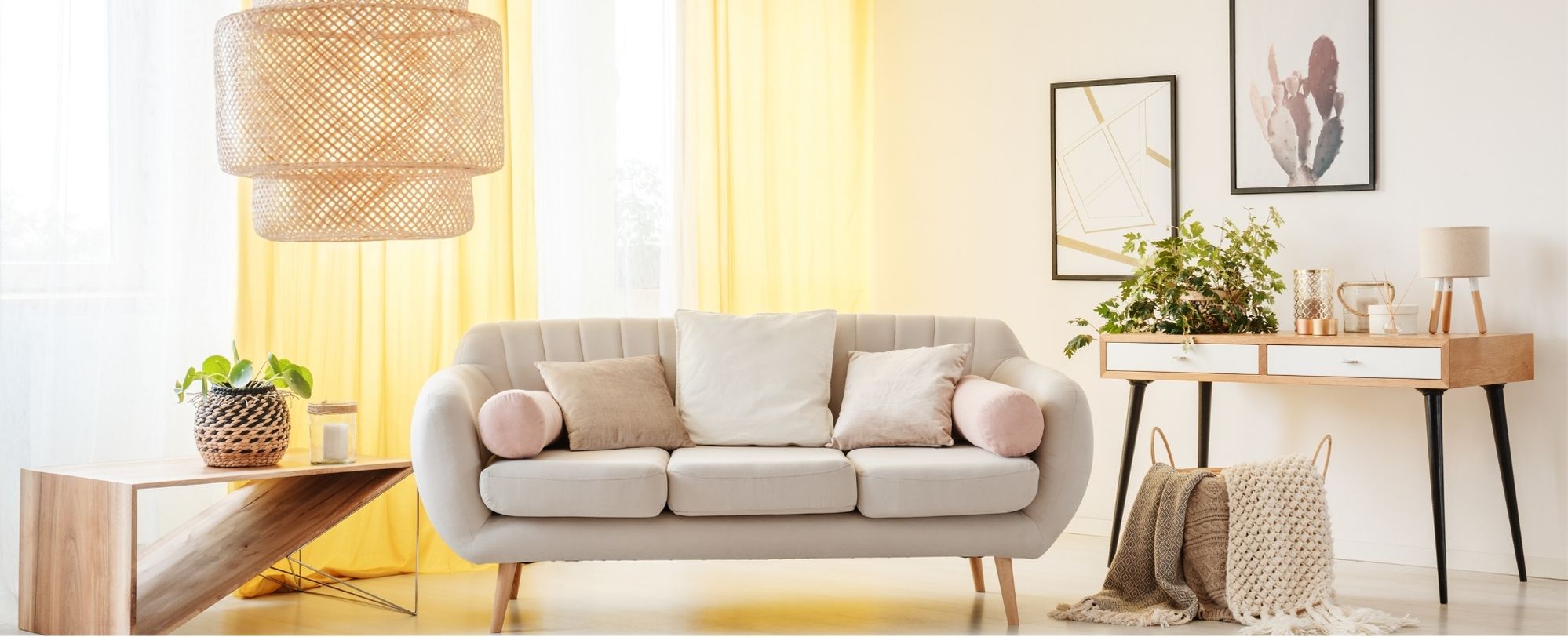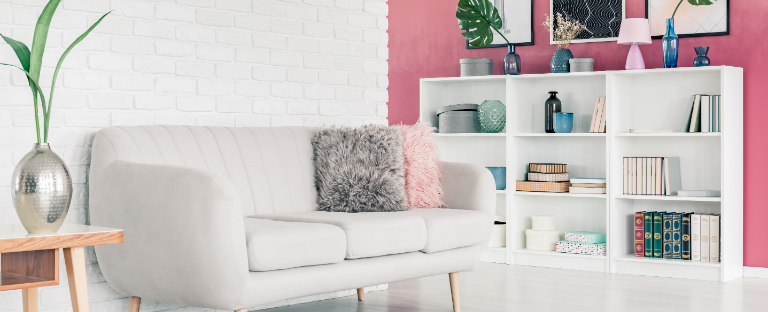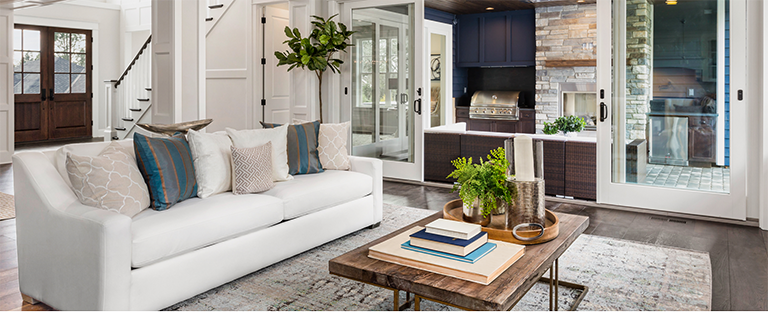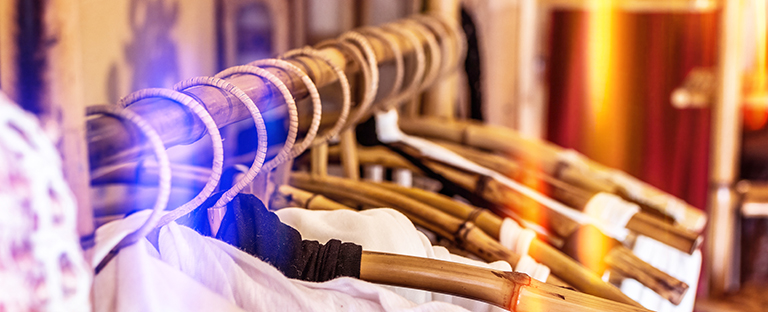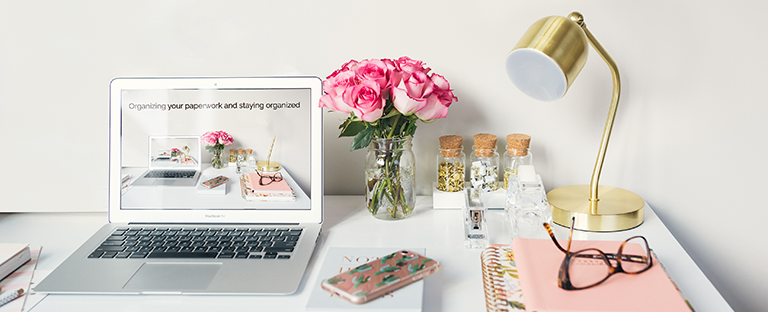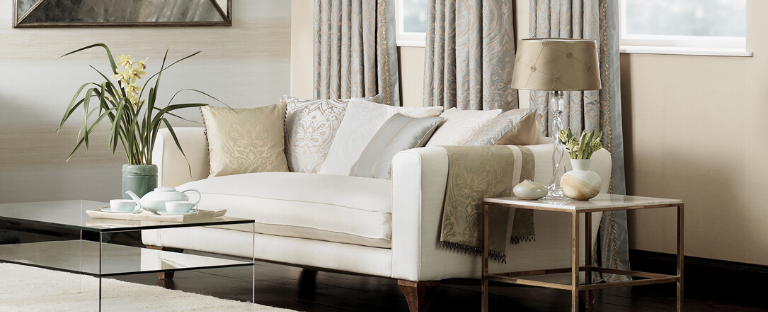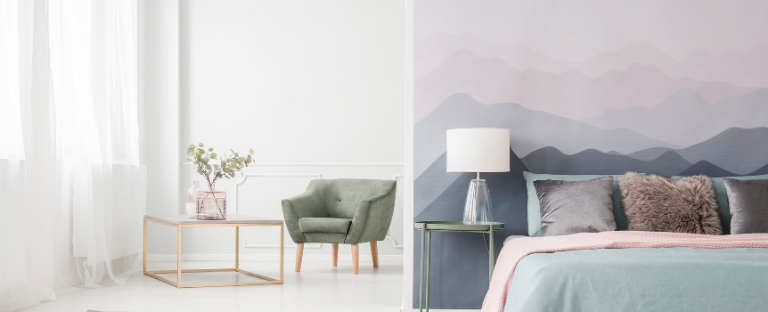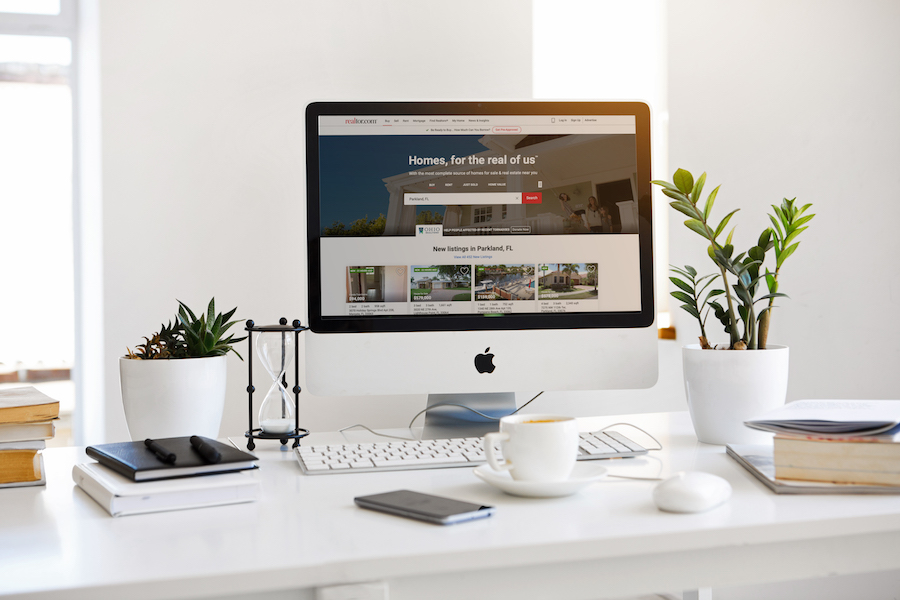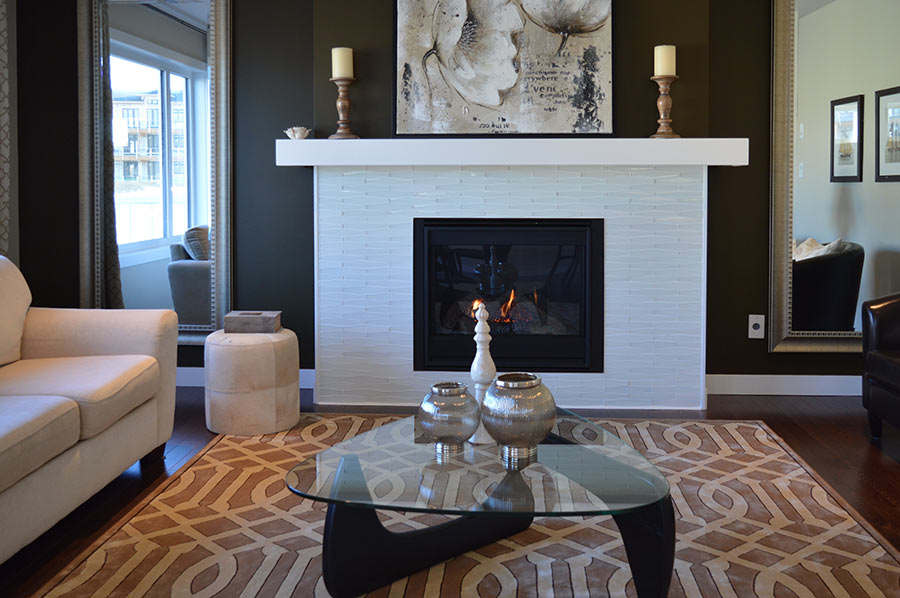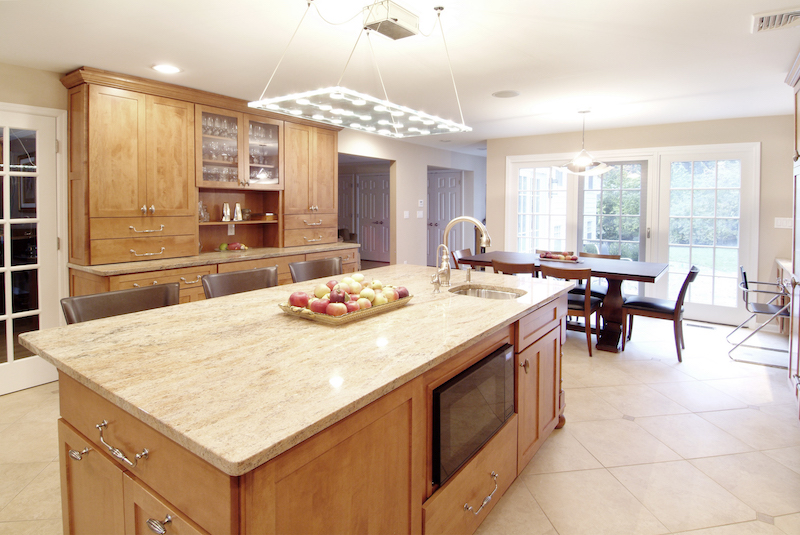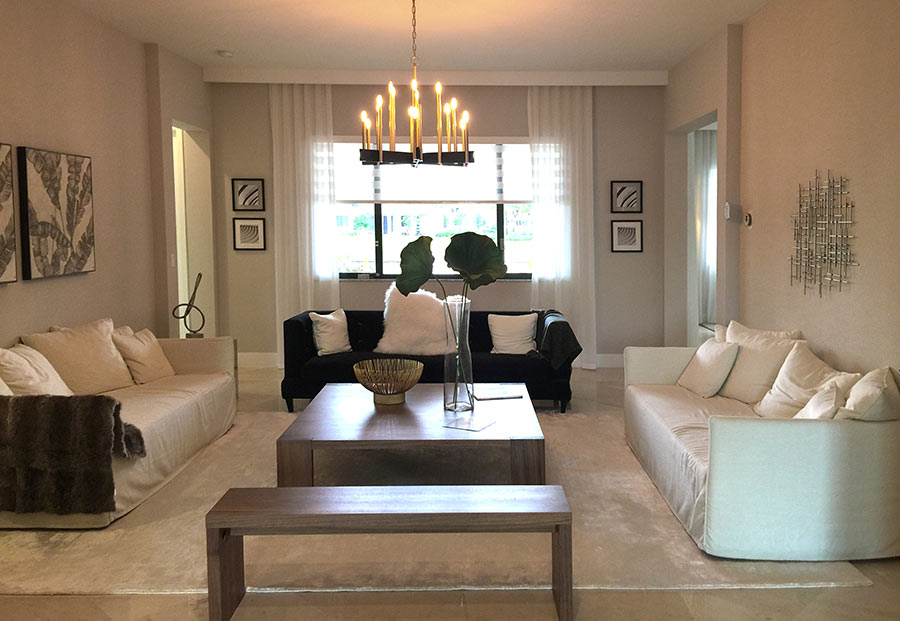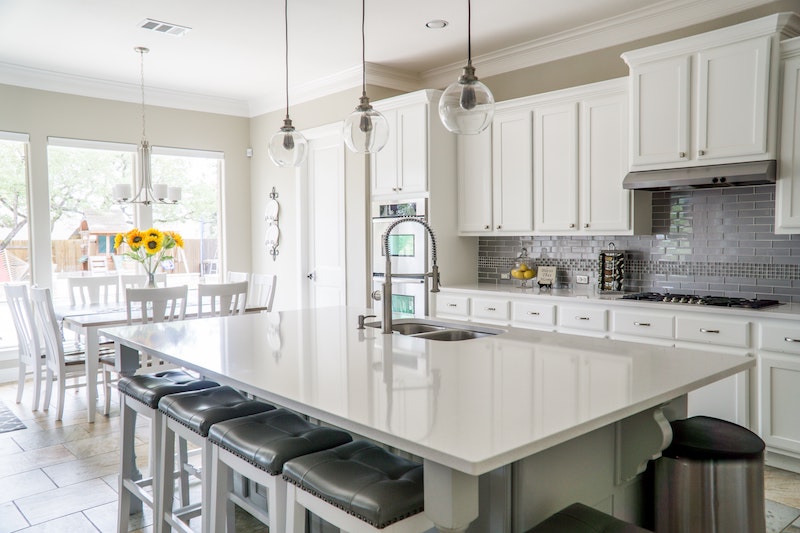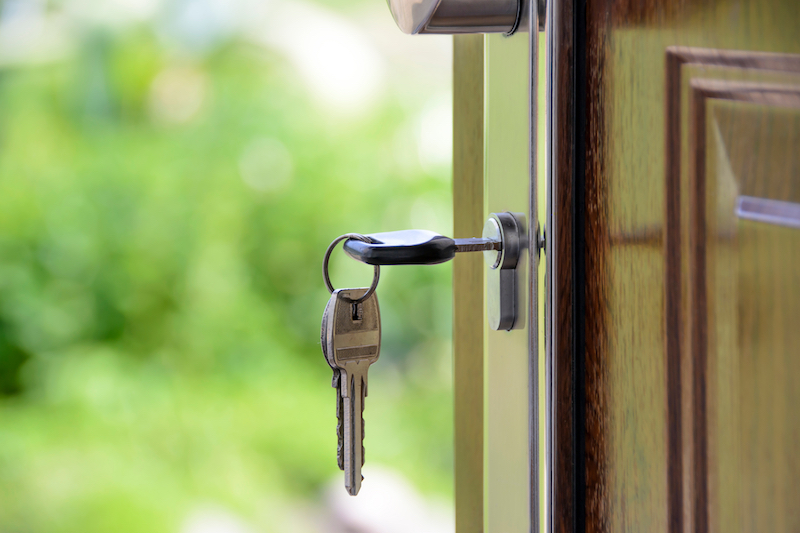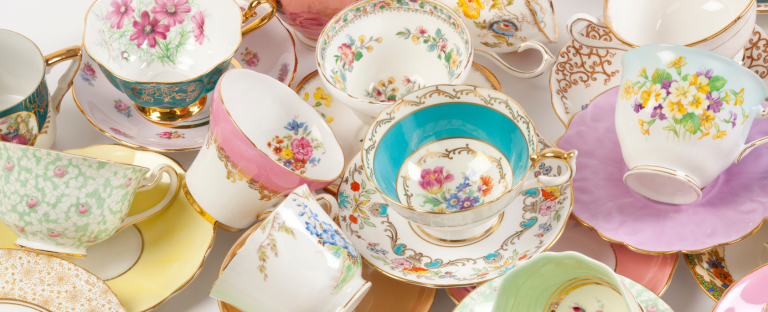
The task of preparing an inherited home for sale can be formidable. I’m sharing a to-do list which can help you through the process.
Call in a realtor. He/she will tell you what needs to be done to prepare the home for market. Ask if the home is considered a “tear down”. One client of mine spent a considerable amount of money having me prepare his home for market. It sold as a tear down. It would be unfortunate if you spent money on a new roof, power washing, etc, only to find out the home is going to be torn down. I know it’s hard to think in those terms but it does happen.
Find experts in collectables for such items as stamp collections, vintage toys, etc. Ask their fee for appraising items as well as fees involved in selling/auctioning these items for you if desired.
Find used furniture dealers if you have furniture that is sellable. These dealers will ask for photos of anything you’re looking to sell. They’ll then determine if it’s worth the trip to see the items in person. You’ll get very little money from a used furniture buyer but the upside is that they take it away. No need to worry if a charity will have room on the truck for it, or if you’ll need to pay to dispose of it.
Find charities that will pick up the sort of items you are donating. Each charity has a website with a list of what is acceptable. Some charities will take large furniture. Some will not. They all take household items and clothes. You can book them online when it’s time.
Investigate costs associated with disposal services. A dumpster is an option but check out a similar service such as Bagster, which is less costly. Not looking to do the work yourself? There are services like College Hunks that will haul the stuff right out of the house for you.
Other options: An option I have used for my clients is a “clean out” service. Once you’ve taken everything out of the home that you want for the family, they come in and literally clear the house out. From outright garbage to sellable items. They pay you for the items they can resell. But you pay to bring non-sellable items to the dump. You don’t lift a finger and the house if completely empty at the end of the day. So you save on the cost of a dumpster and you don’t have to wait at the house for charity pick ups. You have to find a fair and honest clean out service in your area.
Tips on sorting: Consider the “dot system”. Each family member gets a colored dot and places it on the items she wants. You can also dot items that you want to sell so there is no mix up between “I thought we were selling that but I see you are taking that….” Consider the “pile or group” system: Physically create groups designated for: family, friends and neighbors; sale or auction; charity; and disposal.
- Remember to photograph items for sale as you come across them before you pile them or they get hidden behind other items. You may even have to photograph large items designated for charity.
- Go through the pockets of every piece of clothing.
- Fan the pages of of books. It’s a common place to hid money.
- Keep papers pertaining to upgrades/maintenance of the home until the home is sold.
- Keep ALL keys until the home is sold.
- Check out this article regarding other papers to keep: https://www.nixonpeabody.com/en/ideas/blog/trusts-and-estates/2018/11/15/what-documents-should-you-keep-after-a-persons-death
Lastly: If these steps seem overwhelming consider hiring a professional who specializes in inherited homes such as Ready, Set, Move group. We handle all aspects of preparing an inherited home for sale. Our experience, combined with compassion and attention to detail will help you through the process of getting your inherited home for ready for market.
